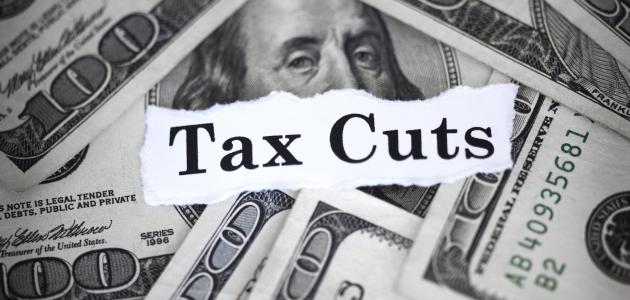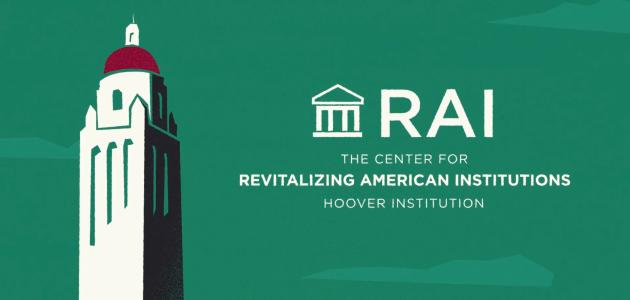
In this profile for Black History Month, the Hoover Institution looks back on how the late distinguished fellow George P. Shultz led efforts to dismantle the discriminatory and dual school system of the nation’s South fifty years ago.

In 1954, the United States Supreme Court ruled unanimously in Brown v. Board of Education of Topeka that racially segregated public facilities were a violation of the Fourteenth Amendment’s Equal Protection Clause, thereby overturning the “separate but equal” doctrine established by the court in Plessy v. Ferguson (1896). In Brown, the court also ruled, vaguely, that school districts must enforce a policy of desegregation, “with all deliberate speed.” For many leaders in the South, the court’s order was a signal that permitted them to slow-walk full integration of schools.
Over the next fifteen years, despite a nationwide civil rights movement that gave rise to major legislation, including the Civil Rights Act of 1964 and the Voting Rights Act of 1965, gains made by African Americans weren’t reflected in the public school system. By 1968, when Richard Nixon was elected president of the United States, 68 percent of Southern Black children sat in segregated classrooms.
In the late 1960s, pressure started to mount from the court system against those resistant to change. In 1968, the NAACP sued North Carolina’s Charlotte-Mecklenburg school system, where over half of the Black student body attended segregated schools. In this case, federal district court judge James MacMillan ordered the school system to implement a “busing” plan, in which Black and White students would be transported cross district as a means of achieving a proper racial balance throughout of all its schools.
President Nixon was concerned that court-enforced busing might cause unrest in local communities and disturb the safety and learning of students. Furthermore, as journalist James Rosen noted in The Strong Man, a biography about Nixon’s attorney general John Mitchell, the president wanted to cast himself as a “level-headed centrist.” While Nixon was an advocate for the integration of schools, he wanted to proceed cautiously so as not to lose crucial political support from the south on other pressing issues such as missile defense.
However, he would be soon left without the choice on when to implement desegregation. In October 1969, the Supreme Court ruled in Alexander v. Holmes County Board of Education, in an opinion written by Justice Hugo Black, that school districts were to integrate immediately.
“Nixon turned to the most pleasant surprise of his first term: George Shultz,” wrote Rosen. “Shultz possessed the intellectual furniture to grapple with any complex public policy issue.”
Having been appointed secretary of labor earlier in the year, Shultz assumed the role of vice chairman of the White House cabinet committee on education that Nixon designated to carry out the Holmes decision. Vice President Agnew was the official committee chair, but when he declined to take part in its work, Shultz became its de facto head.
In collaboration with presidential counselor Daniel Patrick Moynihan, special counsel Leonard Garment, and domestic policy aide Ed Morgan, Shultz developed a plan with the president’s support to establish and convene committees from seven southern states, composed equally of Black and White members who were widely respected in their communities. Shultz would charge them with finding a peaceful process of desegregating schools in their respective states by fall of 1970.
“Many were reluctant to serve . . . the Whites fearing too close an association with desegregation, the Blacks concerned that the committees might simply be a sham,” Shultz said in a speech at the Nixon Library in 2003.
Shultz invited six of the seven state committees individually for sessions around the long table of the Roosevelt Room at the White House and crafted a standard formula. He would allow each committee to debate their positions for two hours. He then would call in Attorney General John Mitchell, who had gained a reputation as a tough law-and-order figure and as one of the president’s closest confidants.
Shultz recalled, “I asked Mitchell, ‘As attorney general, what do you plan to do insofar as the schools are concerned?’ ‘I am the attorney general, and I will enforce the law,’ he growled in his gruff, pipe smoking way.”
Shultz then emphasized to each group that although he acknowledged there were some very deep divisions, its members would need to accept the inevitability of desegregation, but to do so peacefully and in a manner that positively impacted their respective communities.
During the session with the Mississippi committee, Shultz pulled aside two members, Warren Hood, president of the Mississippi Manufacturers Association, and Gilbert Mason, a Black physician and head of the Biloxi NAACP. He urged both men to become cochairs of their committee, since they were both highly respected and would add credibility to the proceedings. Shultz said he left the two men alone, when they began to constructively discuss solutions for desegregation.
“I learned long ago that when parties get this close to agreement, it is best to let them complete their deal by themselves. That way, the agreement belongs to them. It’s theirs, and they’ll try everything they can to make it work,” Shultz explained.

Shultz explained that when the time was right, he would escort the group into the Oval Office, where President Nixon would remind them that the decisions that made America a great nation weren’t just made by occupants of the White House but also by people in their states and communities. Their work on desegregation would be no different.
“It was gripping. And they left the Oval Office truly inspired by the president,” Shultz remembered.
Louisiana was the only state not represented at the White House. Nixon met with its delegation in New Orleans on August 14, 1970, prior to the upcoming school year. During that same day, the president also held a highly publicized session with the cochairs of all seven southern state committees, after which he spoke before news cameras and praised the leadership of the committee members for honorably enforcing the law of the land.
“In the end, the school openings were peaceful, to the amazement of almost everyone,” Shultz said regarding his work with Black and White leaders in dismantling the South’s dual school system.
By the end of Nixon’s first term, only 8 percent of black children in the South attended segregated schools.





















